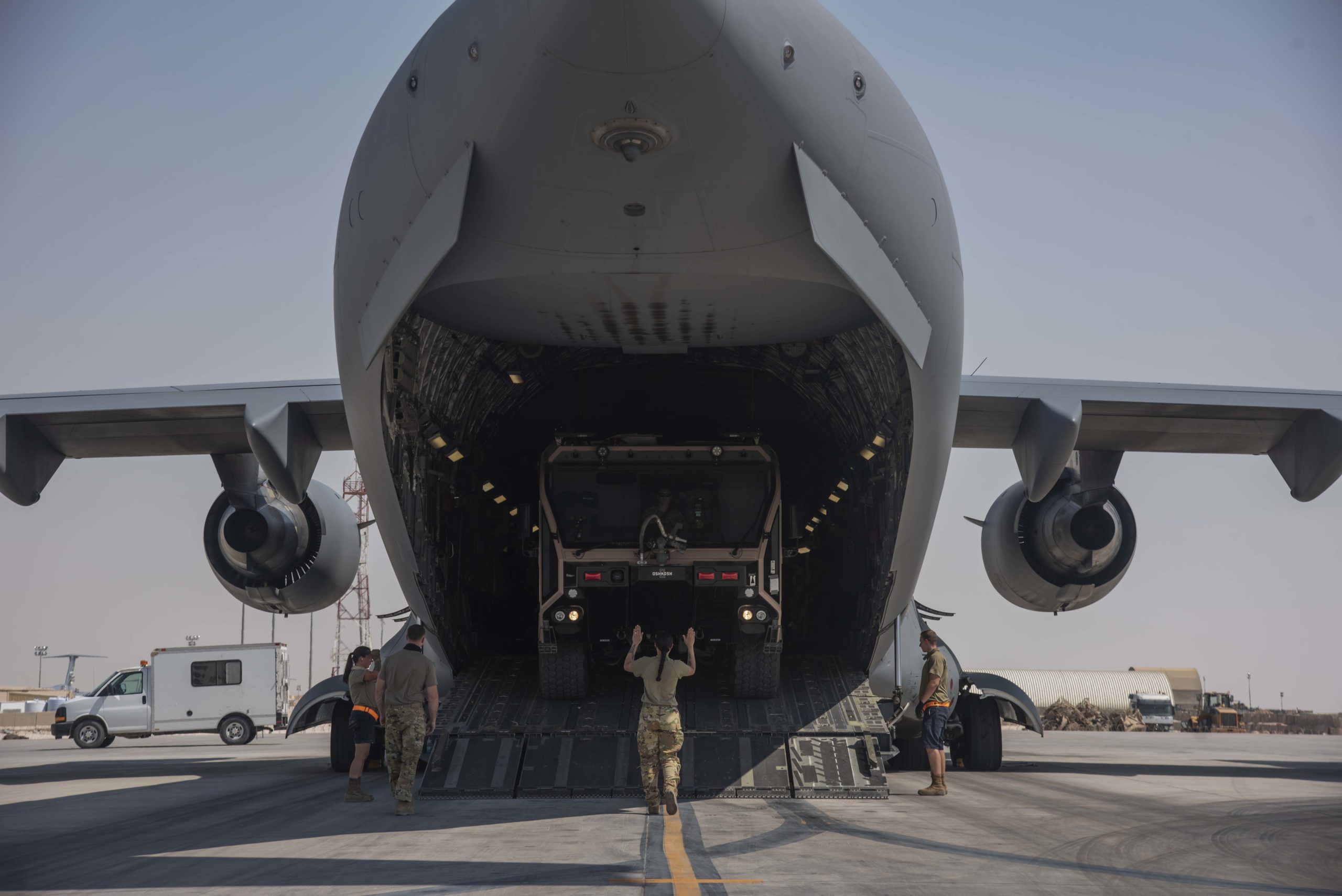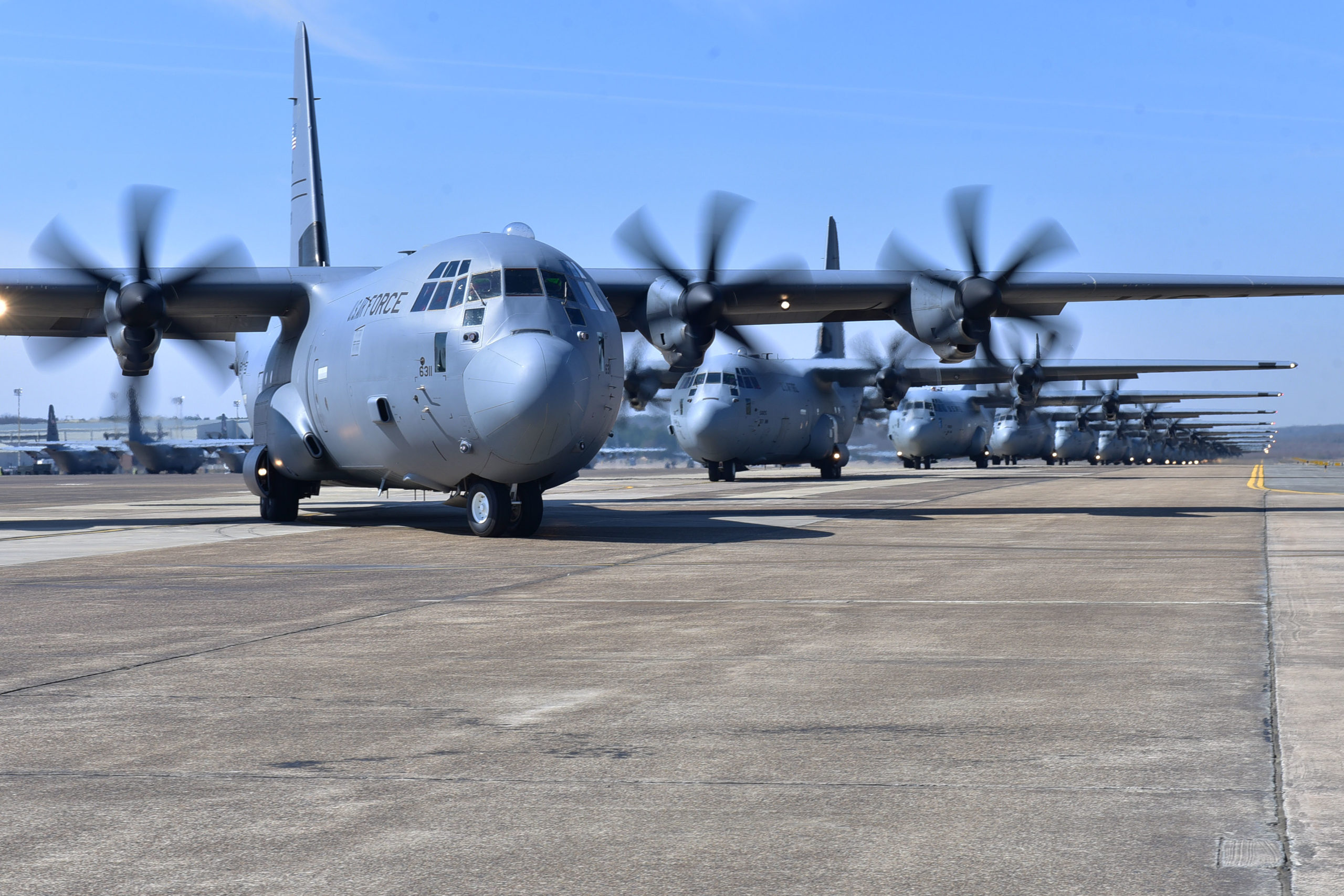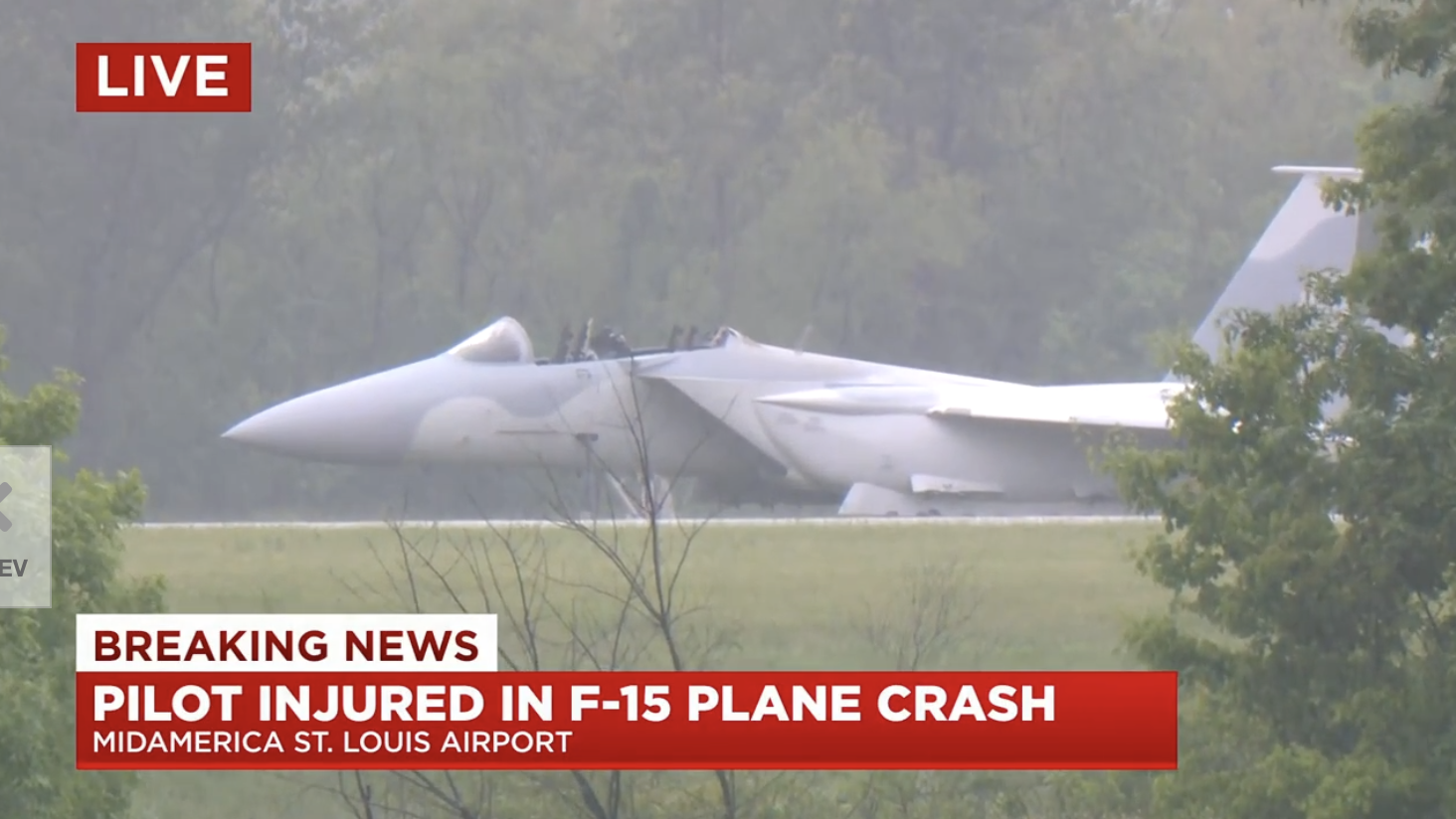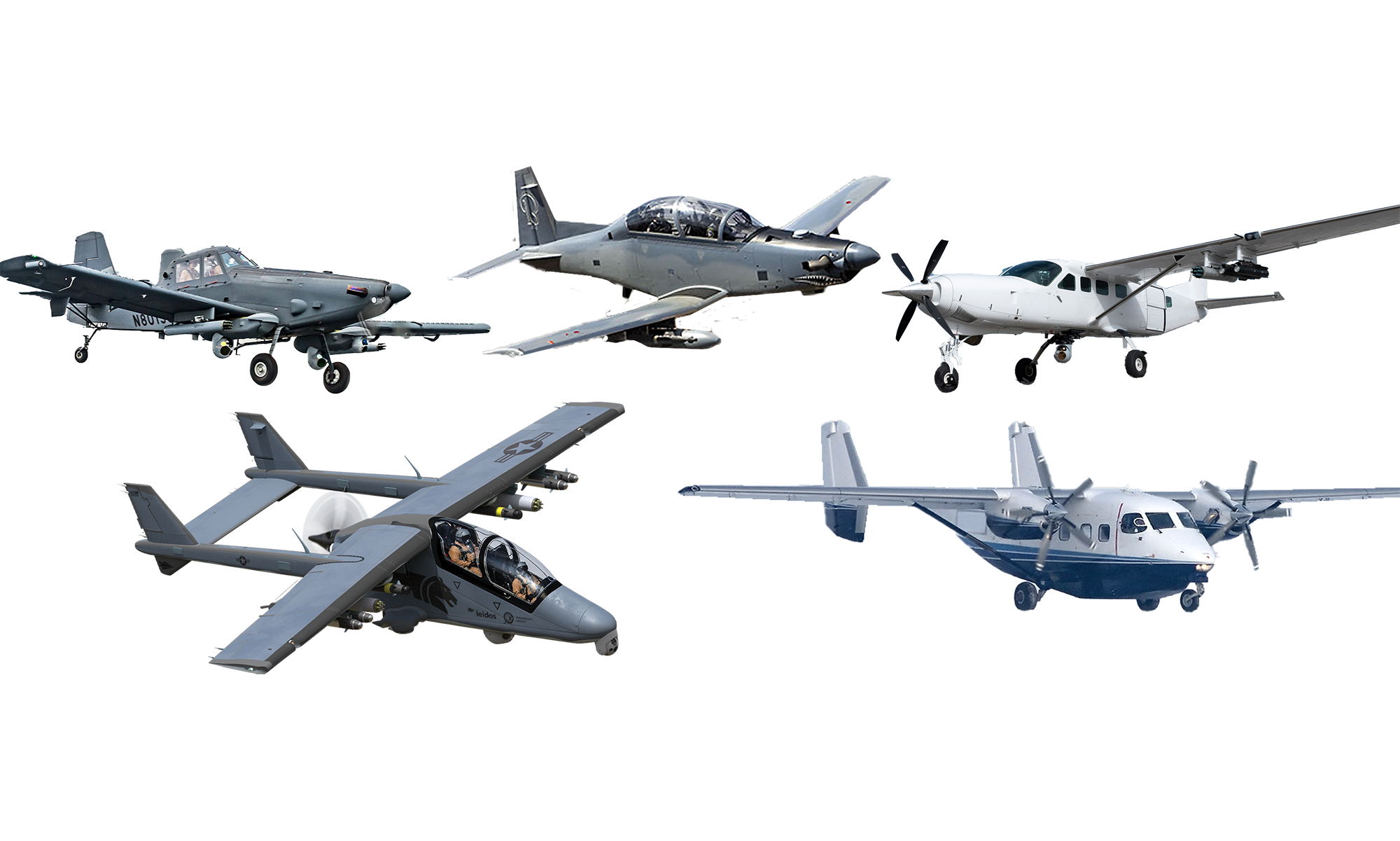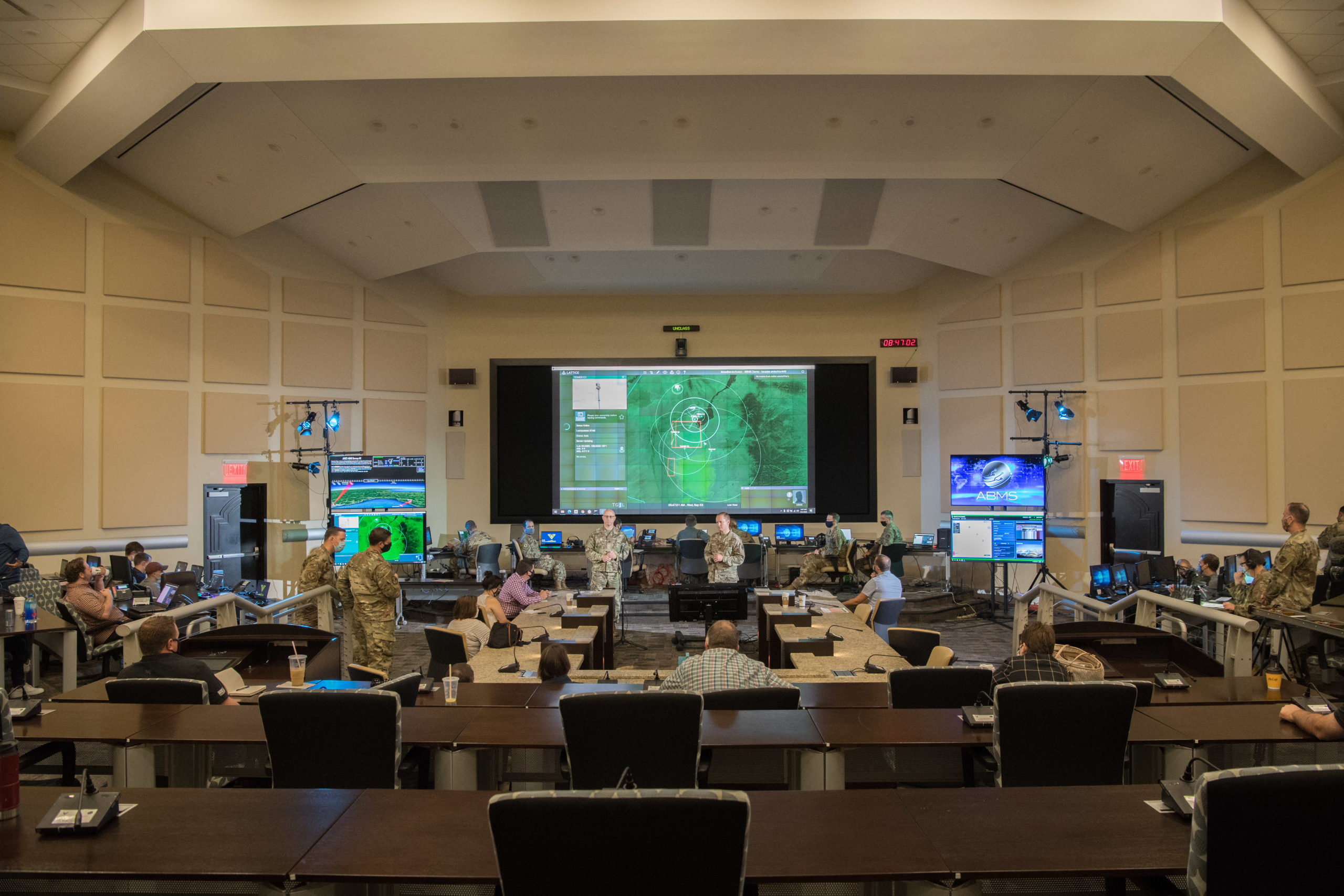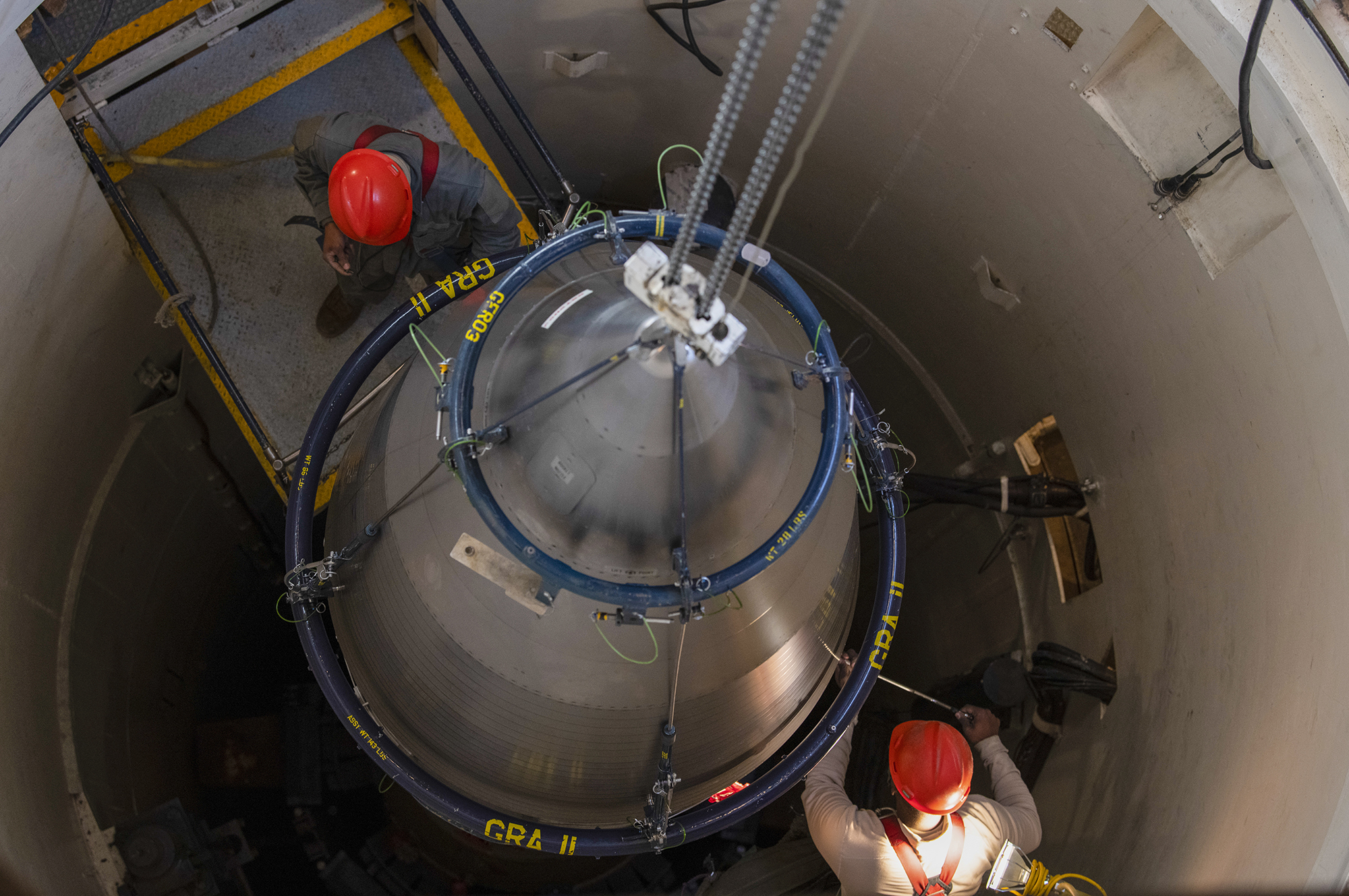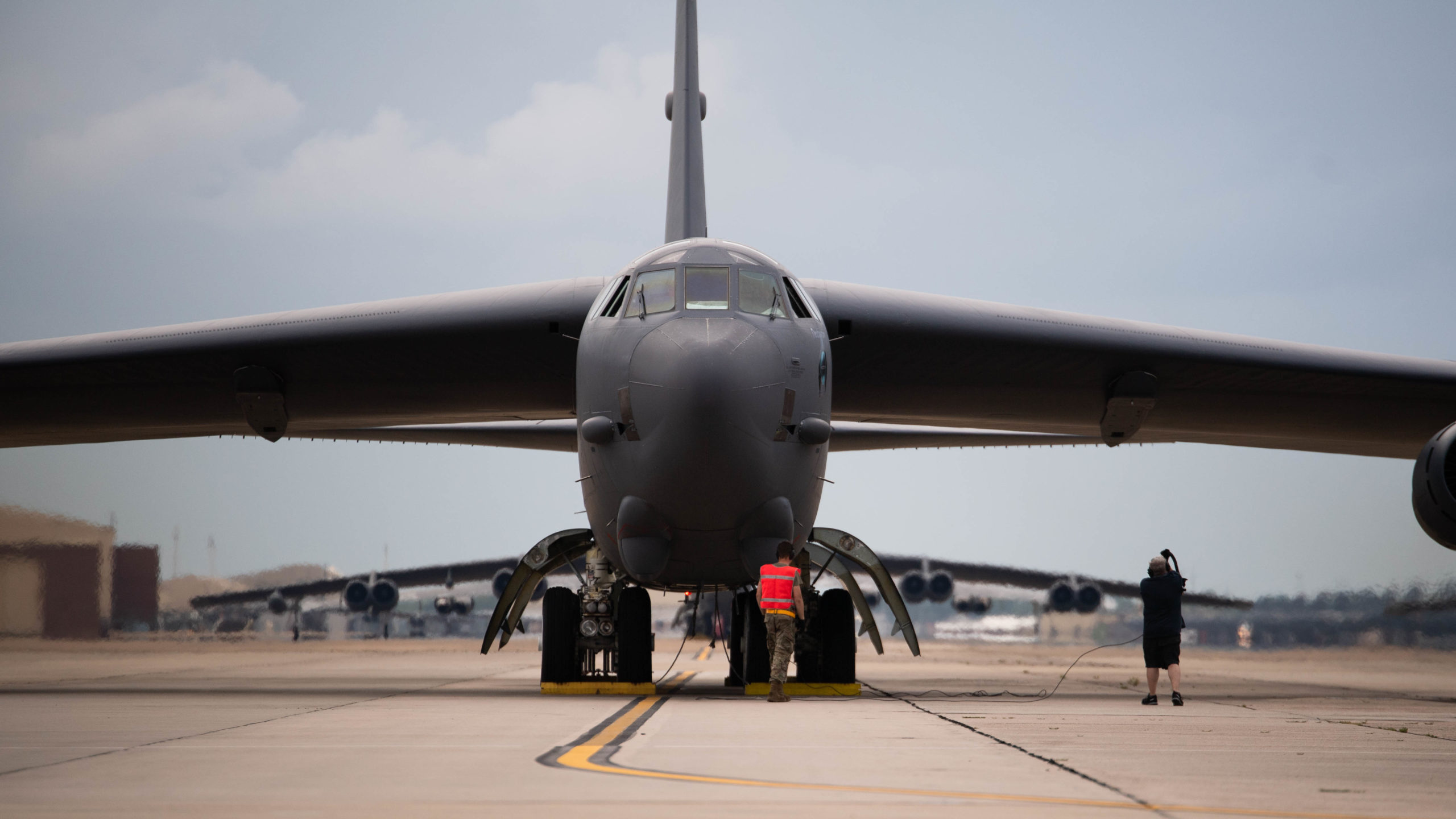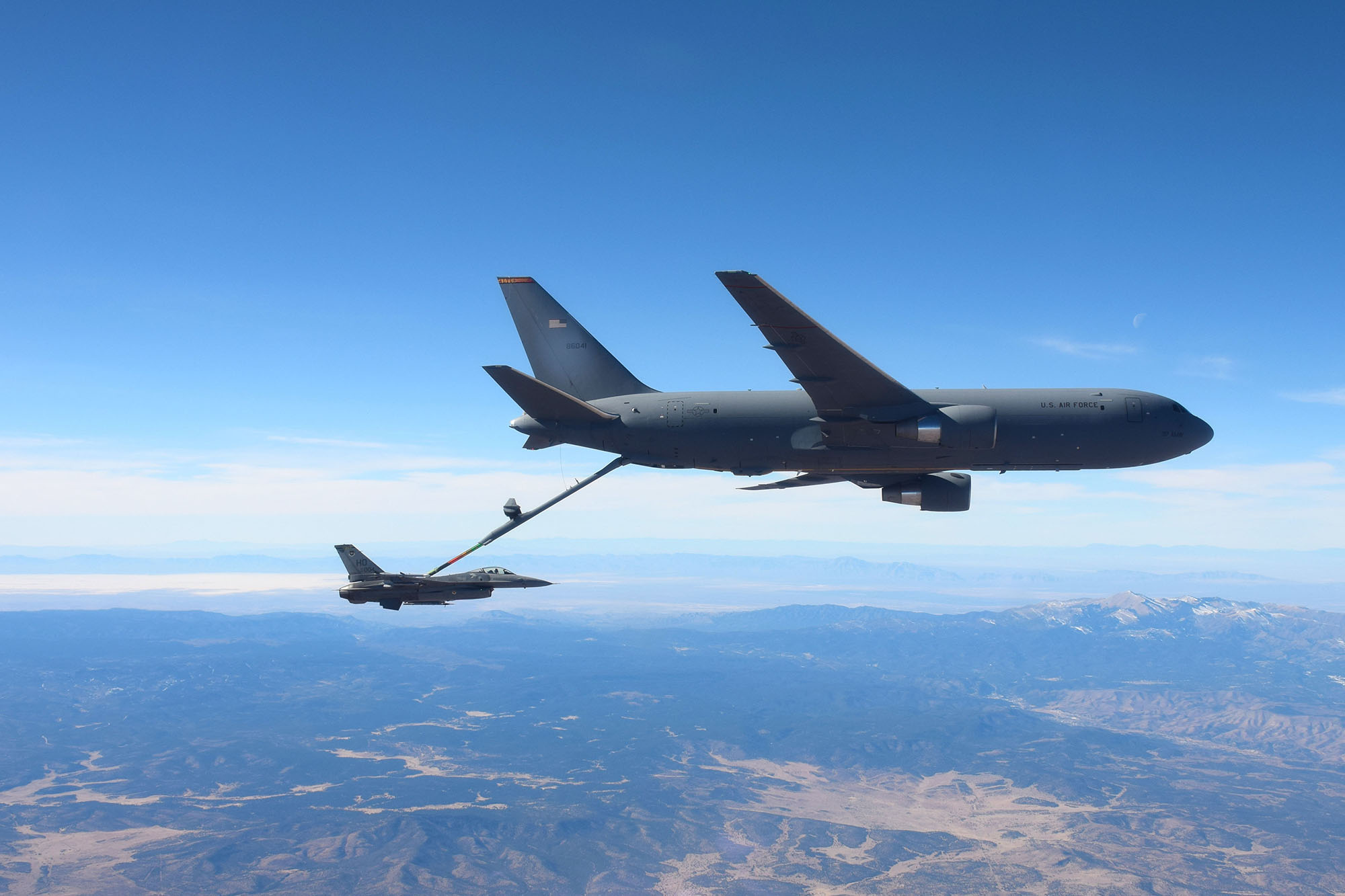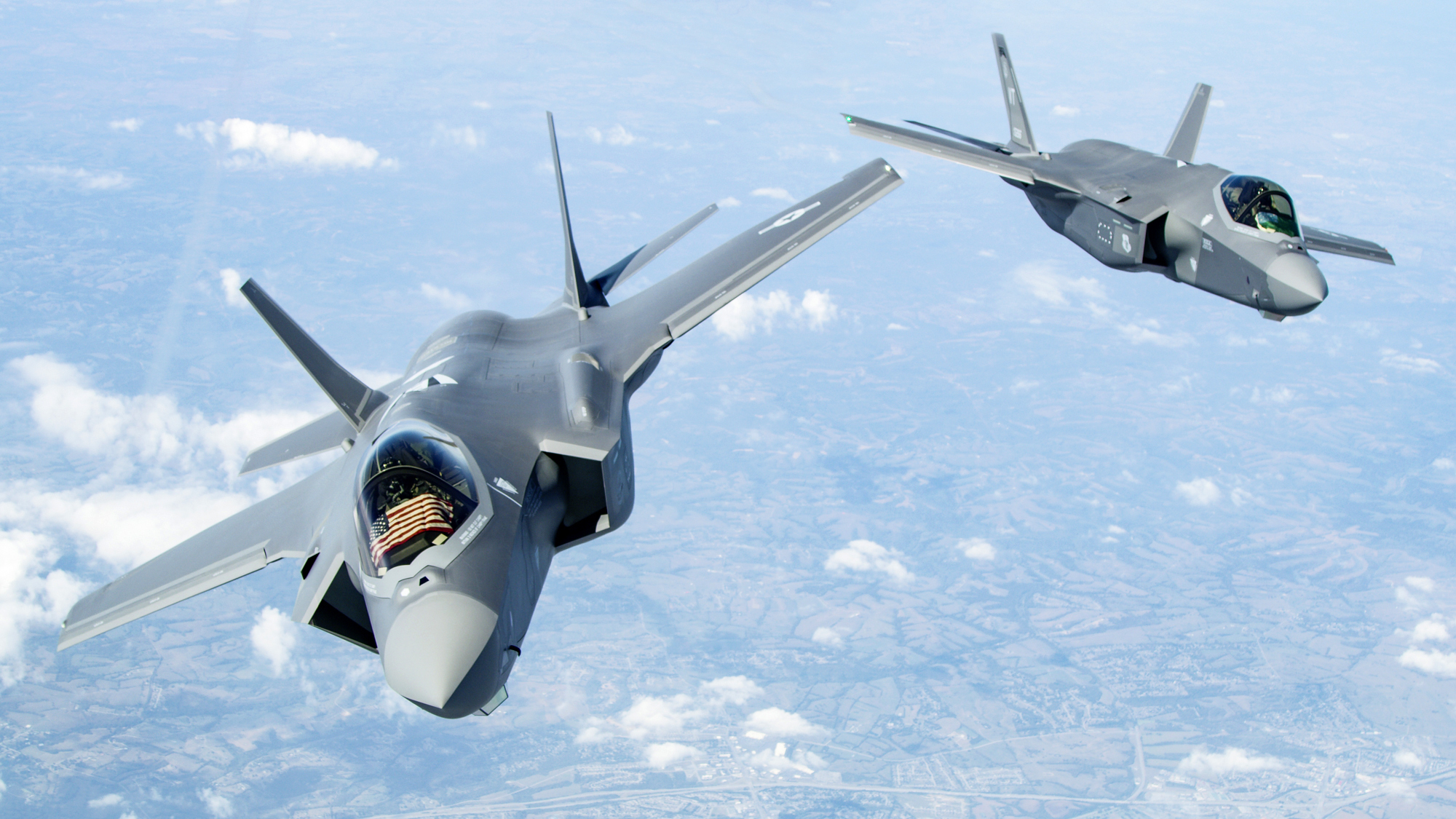The military’s withdrawal from Afghanistan is speeding up, with five facilities now handed over to the Afghan government and about 115 C-17 loads of material flown out of the country, though a new report states Taliban violence remains high.
U.S. Central Command reported May 18 that more than 5,000 pieces of material also have been turned over to the Defense Logistics Agency for destruction. So far, CENTCOM estimates that between 13 and 20 percent of the overall retrograde process has been completed. Kandahar Airfield, which has long hosted major U.S. Air Force operations, is among the installations that have been handed over to the Afghan Ministry of Defense. This latest update marks a significant increase from the previous CENTCOM statement one week earlier, which said just one base had been handed over to the Afghan army.
The Defense Department’s Lead Inspector General for Operation Freedom’s Sentinel, in a quarterly report publicly released May 18, states that the Taliban has increased its attacks against the Afghan government forces in the first quarter of 2021, which ended before President Joe Biden, on April 14, announced the plan to withdraw. Specifically, the Taliban initiated 37 percent more attacks than in the first quarter of 2020.
The U.S. military has experienced minor harassing attacks, but those have not affected the withdrawal, said Pentagon spokesman John F. Kirby during a May 18 briefing. The Pentagon has deployed B-52s and an aircraft carrier to the region even though there have not been major attacks, because the department needs to “take all the right precautions” and plan for any contingency as part of the withdrawal, he said.
The Pentagon is still working on plans for coalition air advisers to advise the Afghan Air Force remotely from outside the country after the withdrawal. This comes as the Afghan Air Force faces several issues, including limited readiness and a loss of helicopters. During the first quarter of 2021, AAF lost three helicopters—an MD-530 that crashed due to pilot error, an Mi-17 shot down, and a UH-60 that crashed, with the cause still under investigation.
Additionally, during the first quarter the Defense Department suspended a previously announced plan to give the AAF CH-47 Chinooks because the administration did not get Congressional approval.
“The suspension of the plan could result in a medium-lift, rotary-wing capabilities gap for the [Afghan National Defense and Security Forces’] special operations aviation component,” the report states.
